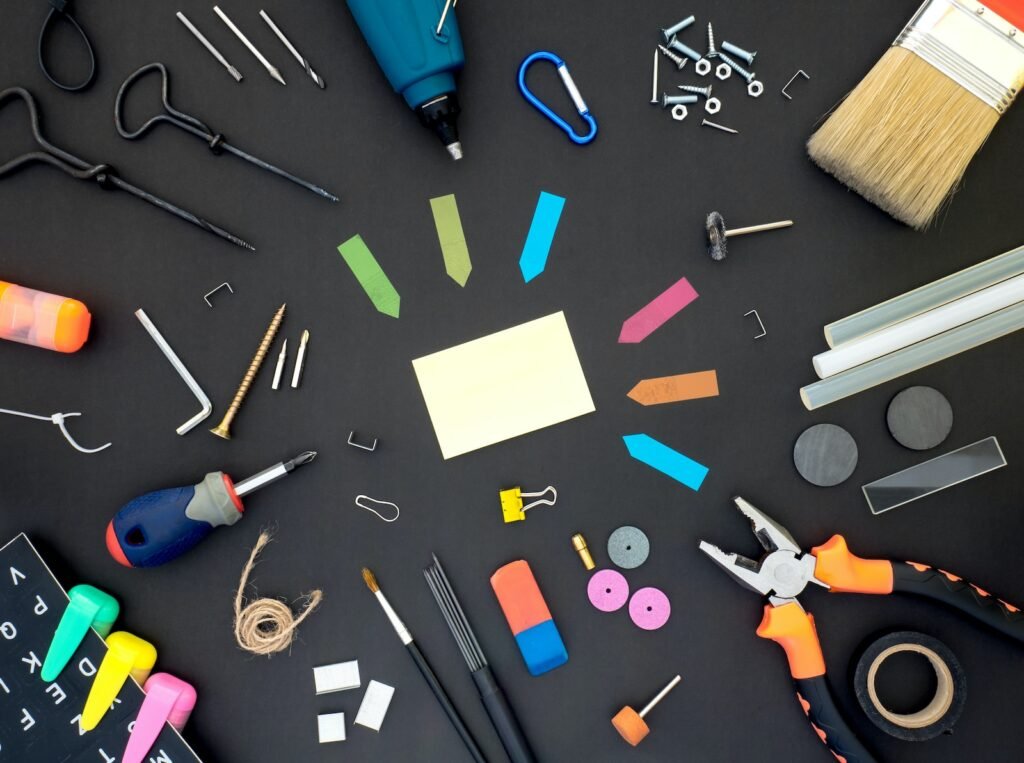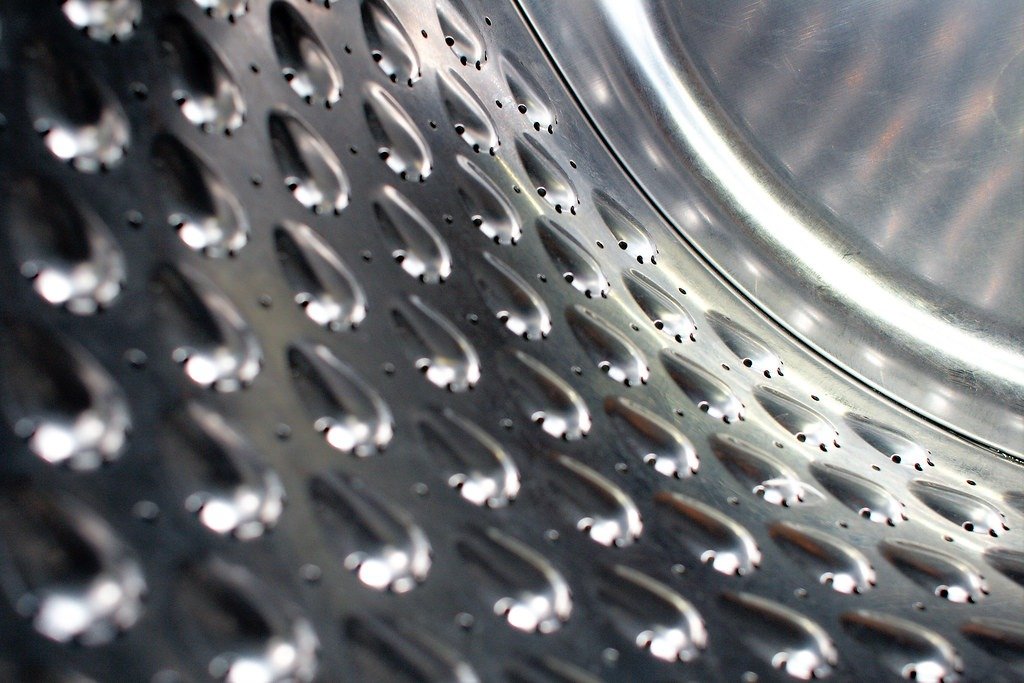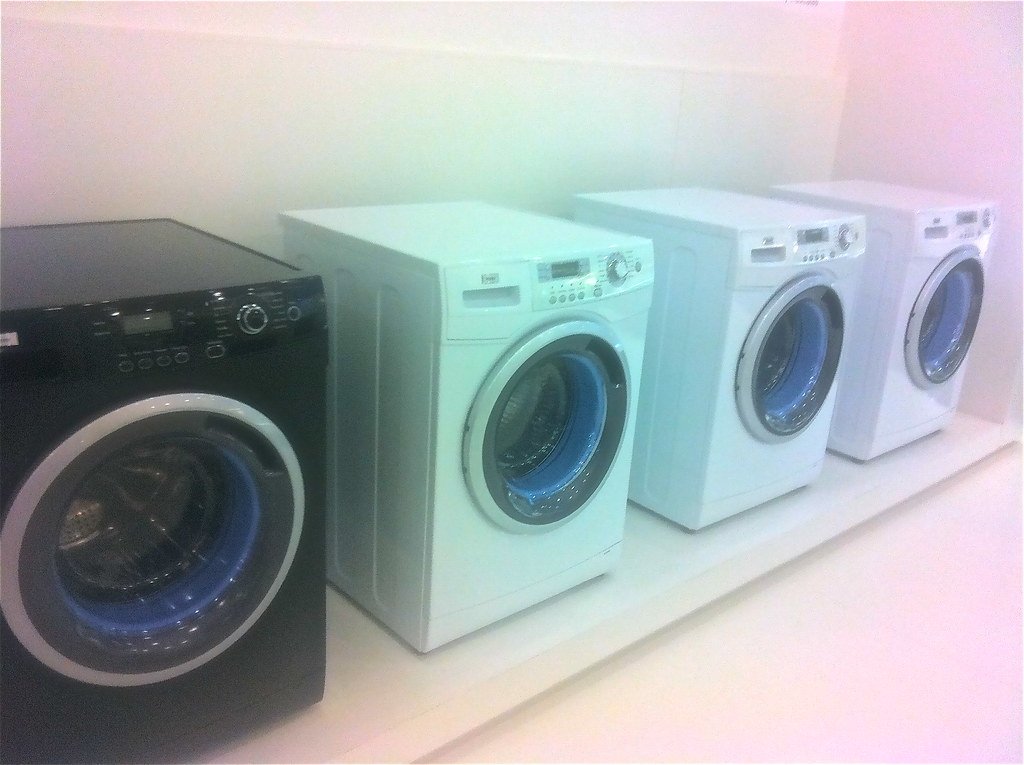
Just take up your tool kit, roll up your sleeves, and become the go-to hero for appliance repairs in your home! While safety should always come first and professional assistance should always be sought for complex fixes, being self-sufficient with these essential tools can save money while giving a sense of fulfillment and accomplishment.
An effective starter set of appliance repair tools should include a screwdriver set, adjustable wrench and flashlight. In addition to these tools, consider investing in a wire crimper to secure loose connections.
Screwdrivers
Fixing appliances requires screwdrivers. While regular-sized screwdrivers should suffice for most tasks, a higher-quality set is ideal if your project involves delicate or complex processes. Screws come in various sizes and head designs; therefore, having precision screwdrivers for tight spaces such as eyeglass frames or model building is essential in having the proper tools. A ratcheting screwdriver may prove particularly handy.
You will also require insulated screwdrivers when working with electrical components, featuring shafts and handles made from non-conductive materials like rubber. They must meet VDE tool safety standards to meet accuracy. You may even find some with magnetic tips for additional convenience in holding bits and increasing accuracy.
No matter whether you need a basic or highly durable screwdriver, make sure it fits comfortably in your hand and provides consistent torque. Most commonly seen are standard Phillips heads; however, some models have finer tips designed specifically for delicate projects. Some hollow shaft screwdrivers hold various driver bit types, while some even come equipped with hex-shaped bits. For maximum versatility consider investing in multi-bit screwdrivers that offer different bit types and sizes to quickly address various appliance repair jobs efficiently and swiftly. Also look out for models featuring hardened tips which resist damage and corrosion as these models provide maximum flexibility and efficiency for repairs!
Adjustable Wrench
An adjustable wrench is an essential tool in appliance repair tasks. This open-end tool enables you to adapt it for different sizes of hex bolt heads by simply adjusting its screw that moves the jaw, with high-quality ones offering sturdy construction that works smoothly even under repeated heavy usage.
Adjustable wrenches can also be used for leveling refrigerator or stove legs, removing access panels from appliances, tightening plumbing hoses, fixing bicycles and assembling furniture. The best adjustable wrenches feature slim and durable jaws that easily slip into tight spaces without stripping fasteners; in addition, these tools come equipped with spiral-shaped worm gears that deliver smooth and reliable operation of their movable jaw.
Pliers are versatile tools used for gripping, twisting, and cutting materials. Select a set that includes needle-nose pliers for tight spaces, slip-joint pliers for general tasks, and cutting pliers to trim wires.
A multimeter is an essential electrical testing tool, measuring voltage, current, and resistance in circuits. When troubleshooting electrical issues with appliances, multimeters help identify faulty parts so you can repair them. Look for digital or analog models with multiple functions tailored specifically to meet your needs; choose one with an easy reading interface that features short circuit detection as well as AC current measurement features for maximum user convenience and ergonomic design for comfortable handling.
Flashlight
A flashlight is a handheld device that emits light by using either an incandescent bulb or LED to illuminate reflective objects. Often used to illuminate dark areas or provide steady beam inspection, flashlights have many applications such as checking appliance statuses or wiring problems as well as locating small objects and avoiding injuries. Some models feature detachable light guides made up of rigid or semirigid plastic rods or flexible tubes filled with optical fibers for easier use.
Online tutorials and appliance repair guides have made it much simpler for homeowners to repair appliances themselves, though it’s essential that homeowners select reputable sources and follow all instructions strictly – using inappropriate tools or taking shortcuts can cause more harm than good; additionally, safety precautions must be taken and an evaluation of the user manual conducted so as to understand its nature is necessary for an efficient repair job.
At home appliance repairs, having the proper tools is key to saving both time and money. An investment in a quality screwdriver set provides versatility when making home appliance repairs; just be sure to select one with both Philips head (for use on cross-shaped or slotted indentations) and slotted head screws as well as Torx (with star-shaped indentations) options. A multimeter can also prove invaluable by providing accurate readings of AC/DC voltage/current levels as well as resistance/temperature measurements.
Electrical Tape
Electrical tape may seem like just another ordinary tape at first glance, but its many uses in home repairs and projects cannot be underestimated. Electrical tape is designed to insulate materials that conduct electricity – especially wires – preventing the current from passing along to nearby wires and creating shorts that may result in fires or electrocution. Furthermore, it protects them from moisture which could corrode or break them down; its variety of colors makes labeling your wiring easy!
Selecting an electrical tape with U.L. listing is key for long-term durability. Such products have undergone stringent quality assurance tests to guarantee performance and quality; as well as being designed to withstand cold temperatures and other environmental influences.
Premium grade electrical tape will help ensure you achieve optimal results from your home repair project. It offers superior durability and reliability, saving money in the form of reduced downtime due to equipment failures. These premium tapes were specifically engineered for critical applications where time or materials cannot be wasted, using stronger vinyl plastic that withstands abrasion, heat, solvent splashes and chemicals while conforming easily for quick installation – an ideal choice for professional electricians as well as DIYers alike.
Multimeter
Although drills and sanders often grab all of the headlines when it comes to appliance repair, multimeters are the go-to tools. Used for checking electrical connections for continuity (known as continuity testing) as well as resistance (ohms), which measures how easily current flows through circuits.
Before selecting a multimeter, it’s essential that you read its user’s manual and adhere to safety precautions. Disconnect power sources before conducting tests – otherwise, injuries could result as well as damage to both yourself and the multimeter itself.
Consider investing in a digital multimeter as they’re easier to use than their analog counterparts and offer many additional features. Aim for one with a “test” button for faster continuity testing as well as amp clamp features.
Needle-nose pliers are another invaluable DIY appliance repair tool, essential for accessing tight spaces behind small fans or fridge drawers, like behind a small fan. Used correctly, needle-nose pliers can remove wires that have been pinched within tight spaces or remove connectors out of small holes. In addition, thin, nitrile-coated gloves may protect hands during disassembly or when blindly feeling around blindly; especially useful if trying to release clips or switches that have tight grips; its protection balances protection with ease of feeling your way through small openings.
Pliers
Pliers are an essential tool in appliance repair. Available in an assortment of sizes and designs to meet varying needs, they come in all sorts of configurations: needle-nose pliers are great for working in tight spaces with small components while having blades for cutting wires or materials; slip-joint pliers provide more general-purpose use while cutting pliers feature sharp jaws designed specifically to gripping materials while pliers with pipe grips have oval or circular openings on either jaw that allows users to grab pipes as well as round objects more quickly than with traditional pliers alone.
Some pliers offer special functions, like closing and opening snap rings. Others feature notches or teeth on their fulcrum to accommodate for different gauge wire gauges. Other specialty types of pliers include wire cutters, chain-nose pliers (used for barbed and other wire fencing), wire cutters and even pair that resembles hammers and should be used as such.
A multimeter is essential to troubleshooting electrical issues safely. It allows you to measure voltage, current and resistance measurements to help identify faulty components and test for continuity. A borescope should also be considered, so as to inspect hard-to-reach areas in appliances like fridges. Other tools to keep on hand include screwdriver sets, adjustable wrenches flashlights and electrical tape. You might also consider getting a dryer vent cleaning kit to maintain efficient airflow through dryer vents as well as vacuum attachments designed specifically for refrigerator coils.


